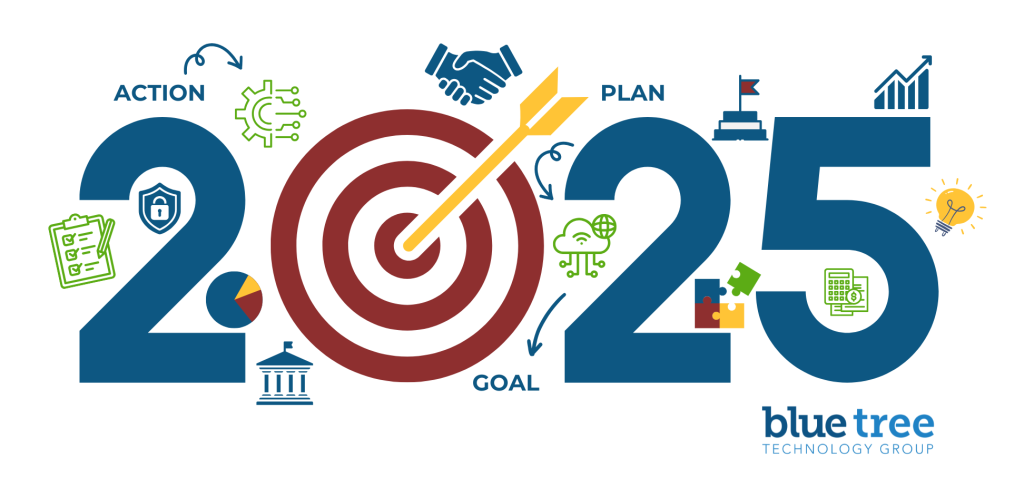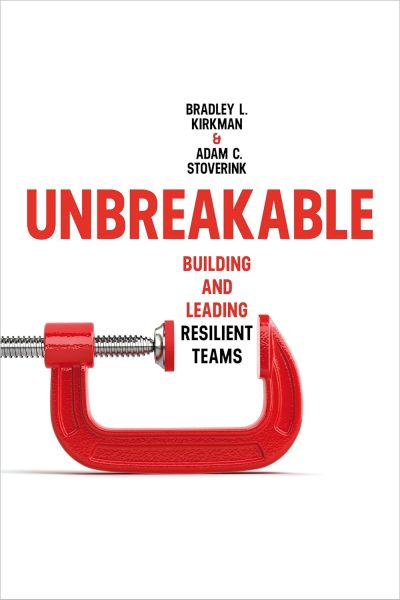
In early 2025, the CEO of a mid-sized logistics firm faced a pressing dilemma. Despite a significant increase in IT spending over the past three years, the company was experiencing diminishing returns on its technology investments. Cloud expenses had surged beyond projections, and numerous SaaS subscriptions remained underutilized. The CEO recognized that without a strategic overhaul of the IT budget, the company risked compromising its innovation trajectory.
This scenario is increasingly common. According to a Boston Consulting Group survey, cost management and reduction have emerged as top priorities for CFOs and CEOs in 2025, driven by economic uncertainty, high capital costs, and inflationary pressures (bcg.com). Yet, the challenge lies in trimming IT expenditures without stifling innovation.
The IT Cost Conundrum
Global IT spending is projected to reach USD 5.74 trillion in 2025, marking a 9.3% increase from the prior year (ibm.com). This surge underscores the necessity for CEOs to scrutinize their IT budgets meticulously. Key areas of concern include:
- Cloud Expenditures: Many organizations find themselves overspending on cloud services due to lack of visibility and control.
- SaaS Proliferation: The ease of subscribing to SaaS solutions has led to redundant tools and overlapping functionalities.
- Shadow IT: Unauthorized IT systems and solutions can lead to security vulnerabilities and unaccounted costs.
- Legacy Systems: Maintaining outdated infrastructure can be more costly than investing in modern solutions.
Strategies for Smart IT Budgeting
To navigate these challenges, CEOs can adopt the following strategies:
- Implement Zero-Based Budgeting (ZBB)
Unlike traditional budgeting, ZBB requires every expense to be justified for each new period, starting from a “zero base.” This approach ensures that all expenditures align with current business objectives, eliminating unnecessary costs (investopedia.com). - Enhance Cost Transparency
Achieving a clear understanding of IT expenditures is crucial. Tools that provide real-time analytics can help identify cost drivers and areas for optimization. Platforms like Apptio and CloudHealth by VMware offer insights into cloud spending, enabling informed decision-making (bridgeviewit.com). - Consolidate Vendors and Tools
Reducing the number of vendors and standardizing tools can lead to significant cost savings. This consolidation minimizes redundancy and leverages economies of scale. - Align IT and Business Goals
Ensuring that IT initiatives support overarching business objectives is vital. Regular collaboration between CIOs and other executive leaders fosters alignment and prioritizes investments that drive growth. - Invest in Employee Training
Empowering employees with the necessary skills to utilize technology effectively can maximize the return on IT investments. Training programs ensure that tools are used to their full potential, reducing waste.
Embracing a Strategic Mindset
George F. Colony, CEO of Forrester Research, emphasizes the importance of aligning IT strategy with business objectives. He advocates for a continuous, rather than transactional, relationship between technology and business goals, ensuring that IT investments yield tangible results (forrester.com).
In an era where technology is integral to business success, CEOs must approach IT budgeting with a strategic lens. By implementing zero-based budgeting, enhancing cost transparency, consolidating tools, aligning IT with business goals, and investing in employee training, organizations can reduce costs without compromising innovation. This balanced approach ensures sustainable growth and a competitive edge in the marketplace.
Looking to reduce IT costs without slowing down growth? Our team helps leaders align technology investments with business goals, so you can innovate smarter, not spend harder. Schedule a call or reach out at [email protected] to find out how we can help.





















